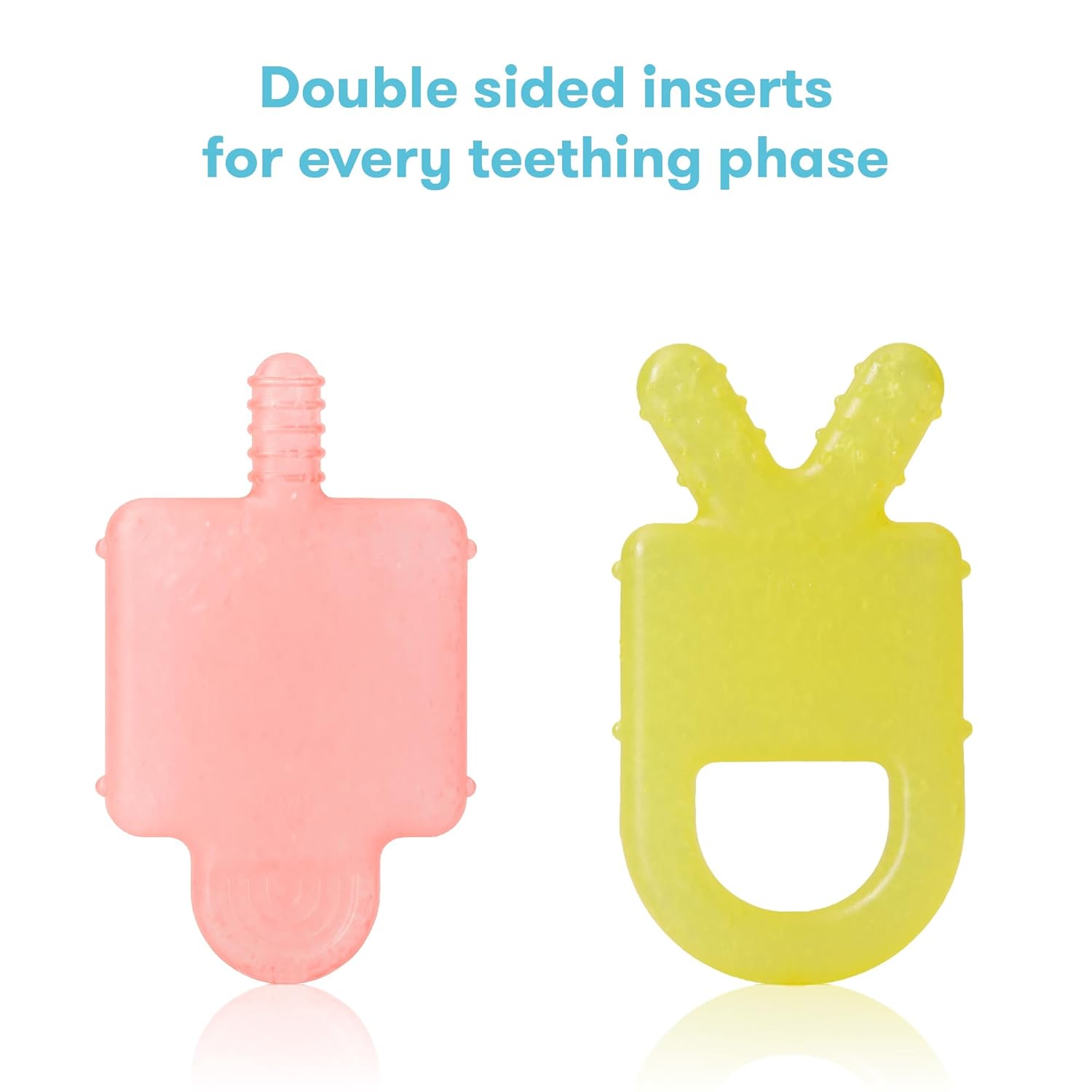





Essential Baby Teething Guide: Top Picks, Benefits, and FAQs
Teething is a significant milestone in a baby’s development, and it often brings discomfort for both babies and parents. In this comprehensive guide, we will explore the best baby teethers on the market, their benefits, pros and cons, and answer some frequently asked questions. Whether you’re looking for the perfect teething solution or just want to educate yourself on this essential topic, we’ve got you covered.
What is Teething?
Teething refers to the process by which an infant’s first set of teeth—often called primary teeth or baby teeth—emerges through the gums. This can happen anywhere from 3 to 12 months, with most babies starting to teethe around six months. While teething is a natural process, it can lead to irritability and discomfort.
Why are Baby Teeth Important?
Baby teeth play a crucial role in a child’s oral development. They help in:
- Eating: Baby teeth enable infants to chew a variety of foods, facilitating a well-rounded diet.
- Speech Development: Healthy baby teeth aid in forming sounds and words correctly.
- Permanent Teeth: Baby teeth maintain space in the jaw for the upcoming adult teeth.
Signs of Teething
How do you know if your little one is teething? Look out for the following signs:
- Increased Drooling: Excess saliva production is common during teething.
- Chewing on Objects: Babies often gnaw on anything they can find to alleviate discomfort.
- Irritability: A baby might be fussy and easily upset.
- Rubbed Ears or Cheeks: Babies often pull on their ears or rub their cheeks to relieve discomfort.
- Sleep Disruptions: Teething pain can lead to interrupted sleep patterns.
Best Types of Teething Toys
When choosing a teething toy, consider factors like material, texture, and safety. Here are some top picks:
1. Silicone Teething Toys
Silicone teething toys are very popular, thanks to their soft texture and safety for babies. Frida Baby Silicone Teether, for instance, offers a safe-to-chew silicone handle that remains at room temperature, ensuring baby’s hands stay warm and comfortable.
2. Wooden Teething Rings
These natural alternatives are often made from untreated wood, providing a sturdy surface for babies to gnaw on. Ensure they are free of harmful chemicals.
3. Liquid-Filled Teethers
These products can be cooled in the refrigerator, providing soothing relief. However, ensure that they are intact and free from leaks.
4. Multi-Sided Teethers
Teething toys with multiple shapes and textures can cater to babies as they explore different chewing methods. The Frida Baby teether includes double-sided inserts that feature various shapes to help cool all new teeth and provide effective teething relief.
What Makes the Perfect Teething Toy?
Safety First
Make sure that the teether is BPA-free and made of nontoxic materials. Always check for safety certifications before purchasing.
Ease of Cleaning
A toy that is easy to clean will save parents time and ensure better hygiene. Look for teethers that are dishwasher safe or easy to hand wash.
Variety of Textures
Teething toys with different textures can simulate the sensation of chewing and provide more comfort and relief. The Frida Baby teether, for example, has four massaging textures that stimulate both front and back gums effectively.
Pros and Cons of Teething Toys
Pros
- Relief from Pain: Effective in soothing teething discomfort.
- Safe Chewing: Babies can gnaw safely on specially designed toys.
- Developmental Aid: Helps in oral development and motor skills.
Cons
- Potential for Breakage: Some cheaper products tend to wear down easily.
- Cleaning Hassles: If not designed well, certain toys can be hard to clean thoroughly.
- Over-reliance: Some babies may become too reliant on teethers, away from exploring natural chewing habits.
How to Care for Teething Toys?
To ensure the longevity and safety of your baby’s teething toys, consider the following care tips:
- Regular Cleaning: Hand wash or run them through the dishwasher after each use to prevent any buildup of bacteria.
- Check for Damage: Frequently inspect the toys for any signs of wear and tear.
- Proper Storage: Keep teethers in a clean, dry spot away from germs.
Conclusion
Teething is a natural yet challenging process for both babies and their parents. Choosing the right teething toy can provide much-needed relief and support during this phase. The Frida Baby Silicone Teether stands out with its safe materials, various textures, and innovative design, ensuring your baby’s comfort. Remember, providing the right tools can make all the difference during this pivotal period in your infant’s development.
FAQs about Baby Teething and Teething Toys
1. At what age do babies typically start teething?
Babies generally begin teething at around six months, but some may start earlier or later.
2. How long does the teething process last?
Teething can continue until the child is about 3 years old, as they grow their entire set of primary teeth.
3. Is it safe to freeze teething toys?
While some toys can be refrigerated, avoid freezing them as it may cause discomfort to your baby’s gums.
4. How often should I clean teething toys?
It’s best to clean teething toys after every use to ensure they’re hygienic and safe for your baby.
5. What ingredients should I avoid in teething toys?
Always avoid toys containing BPA, phthalates, and other toxic materials. Choose products marked as nontoxic and safe for babies.
